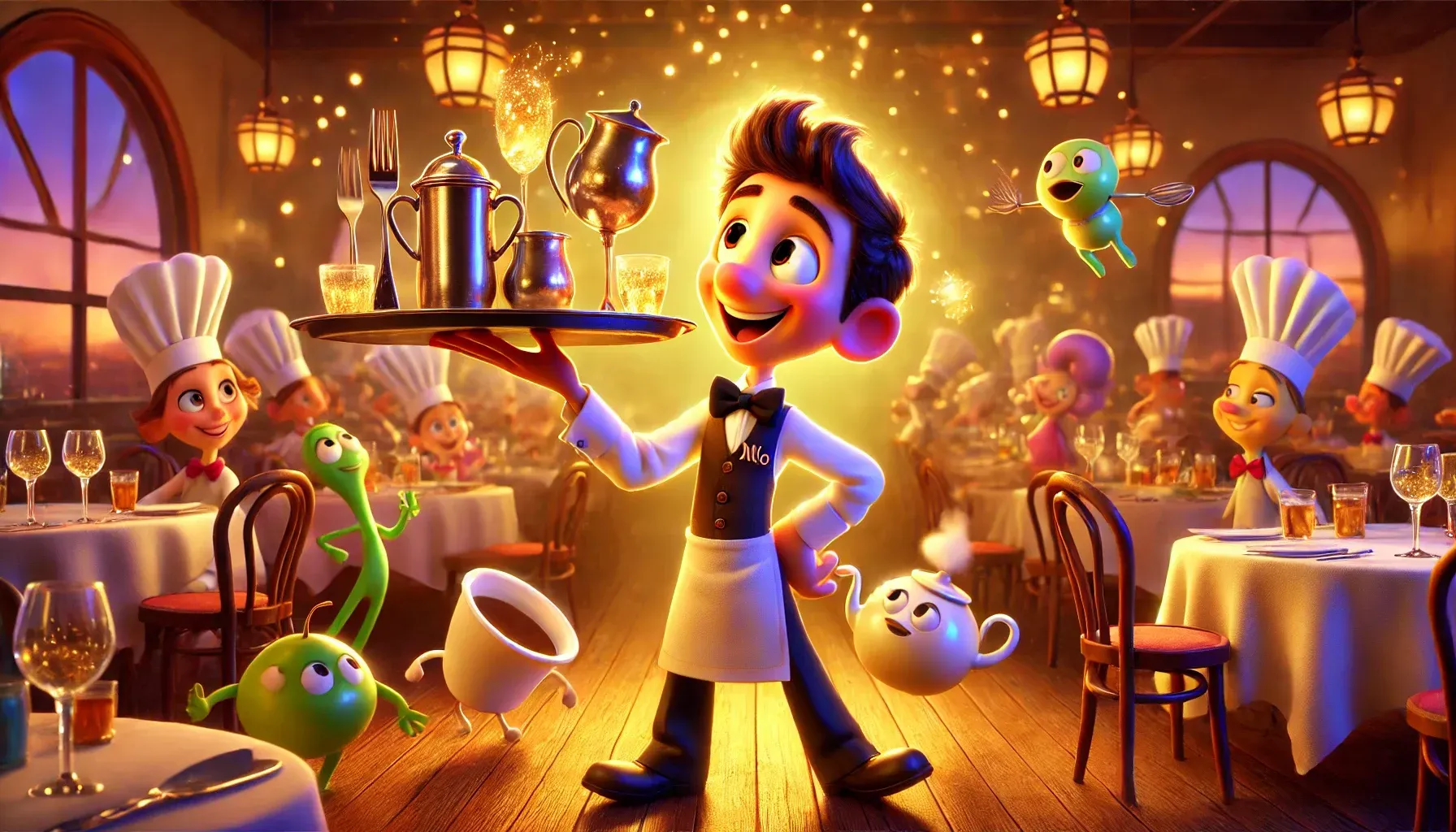By Glenn David
•
January 26, 2025
The Art of Using Humor in Restaurant Service: A Guide for Servers Humor, when used appropriately, can elevate the guest experience, build rapport, and lead to higher tips. However, its success depends on timing, cultural nuances, and sensitivity to the patron’s mood and preferences. Let’s break down this delicate art. The Psychology of Humor in Service Humor is a social tool that can reduce stress, increase relatability, and foster positive associations. Research by Professor Rod A. Martin (2007), a leading authority on humor psychology, suggests that humor promotes interpersonal connection and decreases tension. In a service environment, humor can make patrons feel at ease and transform a transactional interaction into a memorable experience. A study published in the Journal of Applied Social Psychology (2009) found that servers who engaged in light humor received significantly higher tips than those who didn’t. However, the humor must align with the context and personality of the patrons to be effective. Cultural Disparities in Humor Humor is not universally interpreted the same way. Some cultures value subtle, self-deprecating humor, while others enjoy bold, playful banter. For example: Western Cultures: Tend to appreciate sarcasm and wit, especially in informal settings. Eastern Cultures: Prefer subtle, respectful humor that doesn’t disrupt harmony. Latin Cultures: Often embrace playful and animated humor, which matches their warm, expressive interactions. Servers should adapt their humor style based on the cultural makeup of their patrons to avoid misinterpretation. Gender Dynamics in Humor The effectiveness of humor can vary depending on the gender of both the server and the patron. Here’s a closer look: Male Servers Humor is often perceived as charismatic and confident when used by male servers. Patrons (regardless of gender) may respond positively to light-hearted jokes or playful teasing if the server demonstrates a professional demeanor. Female Servers Female servers often face stricter social perceptions; their humor may need to be more polished and situationally aware to avoid being misinterpreted. Male patrons may perceive humor as flirtatious, while female patrons might interpret it as relatable or endearing. Patron Gender Men: Generally respond better to playful or mildly self-deprecating humor. Male patrons tend to enjoy humor that affirms their own sense of confidence. Women: Often appreciate wit, cleverness, and humor that feels inclusive rather than isolating or teasing. Pros and Cons of Using Humor Pros: Increased Tips: Patrons who laugh often reward servers for creating an enjoyable experience. Improved Atmosphere: Humor lightens the mood and contributes to a pleasant dining environment. Memorability: Guests are more likely to return when the experience is fun and engaging. Cons: Misinterpretation: Poorly timed or culturally insensitive humor can offend patrons. Energy Drain: Servers must gauge each table’s mood, which can be mentally taxing. Inconsistency: What works for one table may fall flat at another. Common Objections: “What if they don’t laugh?” “I’m not naturally funny—will it feel forced?” “What if I accidentally offend someone?” Recommendations for Most Situations Start Small: Use light, situational humor like commenting on the weather or making a playful remark about the menu. Mirror the Patron’s Mood: If the guests seem open and relaxed, try slightly bolder humor. If they appear serious or rushed, keep the tone professional. Be Self-Deprecating (Mildly): For example, if you spill water, saying, “Clearly, I moonlight as a juggler” can diffuse tension and make you relatable. Examples of Safe Humor: To a couple deciding what to order: “Good news—everything is calorie-free if you don’t tell me.” If a guest drops a fork: “No problem. We’ve got an unlimited supply of forks; it’s knives we’re running low on.” When to Refrain from Using Humor Guests Are Upset: If patrons are visibly annoyed or have a complaint, humor may seem dismissive or disrespectful. Cultural Barriers Are Apparent: Avoid humor if there’s a clear cultural or language barrier. Highly Formal Settings: In fine dining or high-stakes business dinners, stick to polished professionalism. Gender and Humor Use: Key Differences While gender may play a role in humor perception, the differences are situational. Both male and female servers can successfully use humor by focusing on: Authenticity: Humor should feel natural, not forced. Adaptability: Adjust to the dynamics of the table, considering age, culture, and gender. Final Recommendation Use light, situational humor as a default approach in the majority of situations. Keep jokes neutral, inclusive, and short. Avoid humor during conflicts or with patrons who appear formal or unengaged. By practicing and observing guest reactions, humor can become a powerful tool to maximize tips, improve guest satisfaction, and make the server’s job more enjoyable.











